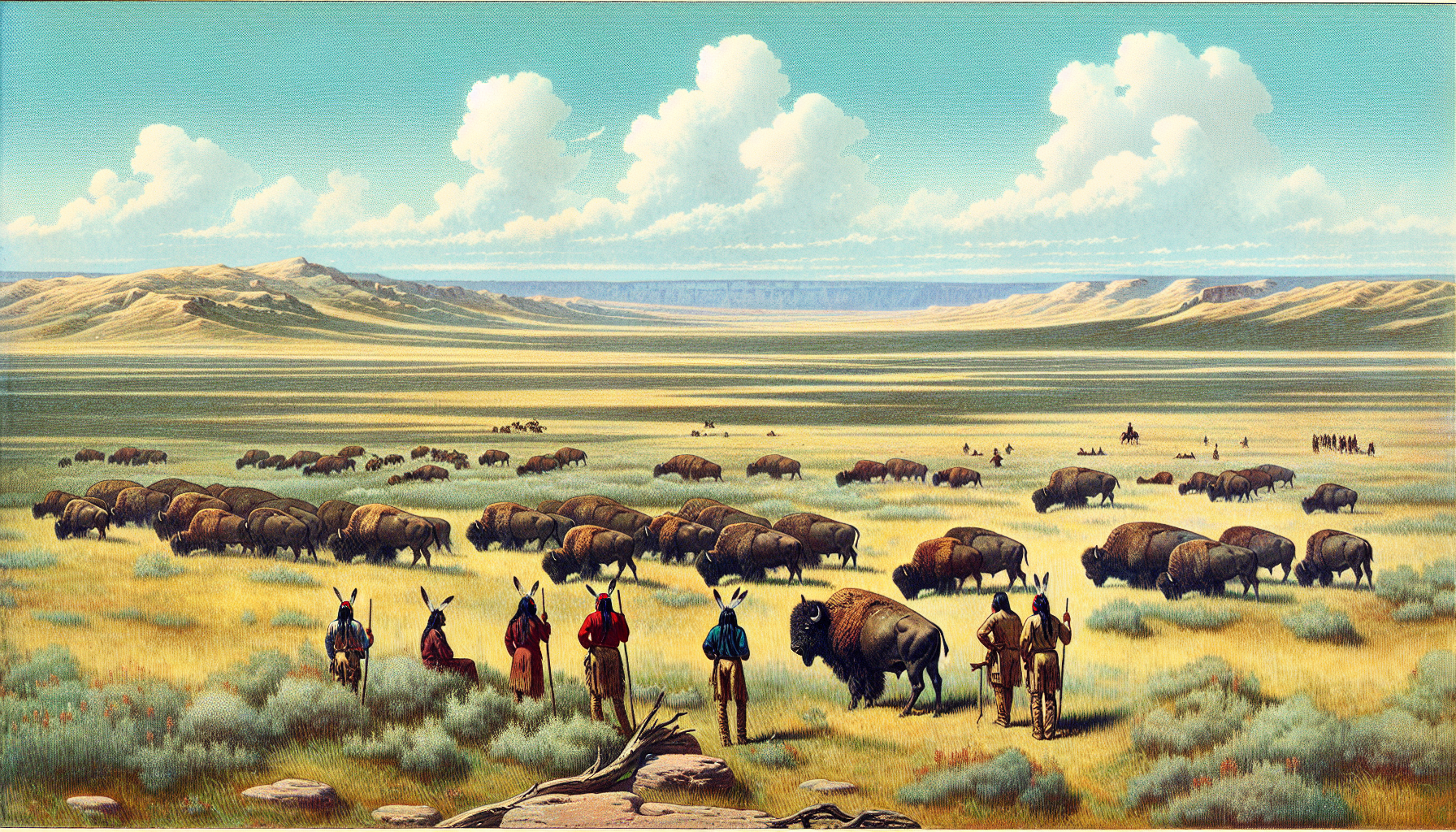The history of bison hunting on the Great Plains dates back thousands of years, but its most transformative period occurred during the 19th century. Native American societies, such as the Lakota, Cheyenne, and Blackfoot, relied heavily on bison for food, clothing, and tools, establishing a symbiotic relationship with these herds. However, with westward expansion in the mid-1800s, commercial hunting, driven by European settlers and the U.S. government, decimated the bison population from tens of millions to near extinction by the late 1880s. Key figures like Buffalo Bill Cody emerged during this era, symbolizing the mass slaughter. This dramatic decline had catastrophic effects on Native American societies, disrupting their economies, food sources, and cultural practices. The U.S. government's support of bison extermination was also a strategic move to weaken Native American resistance during the Plains Wars. The impact of this loss prompted significant cultural and societal changes, influencing Native American life irreversibly.
Podcast
Discover a 5-minute podcast that will let you through this story
eBook
Go further in this story with a 30 minute ebook
Read the eBook